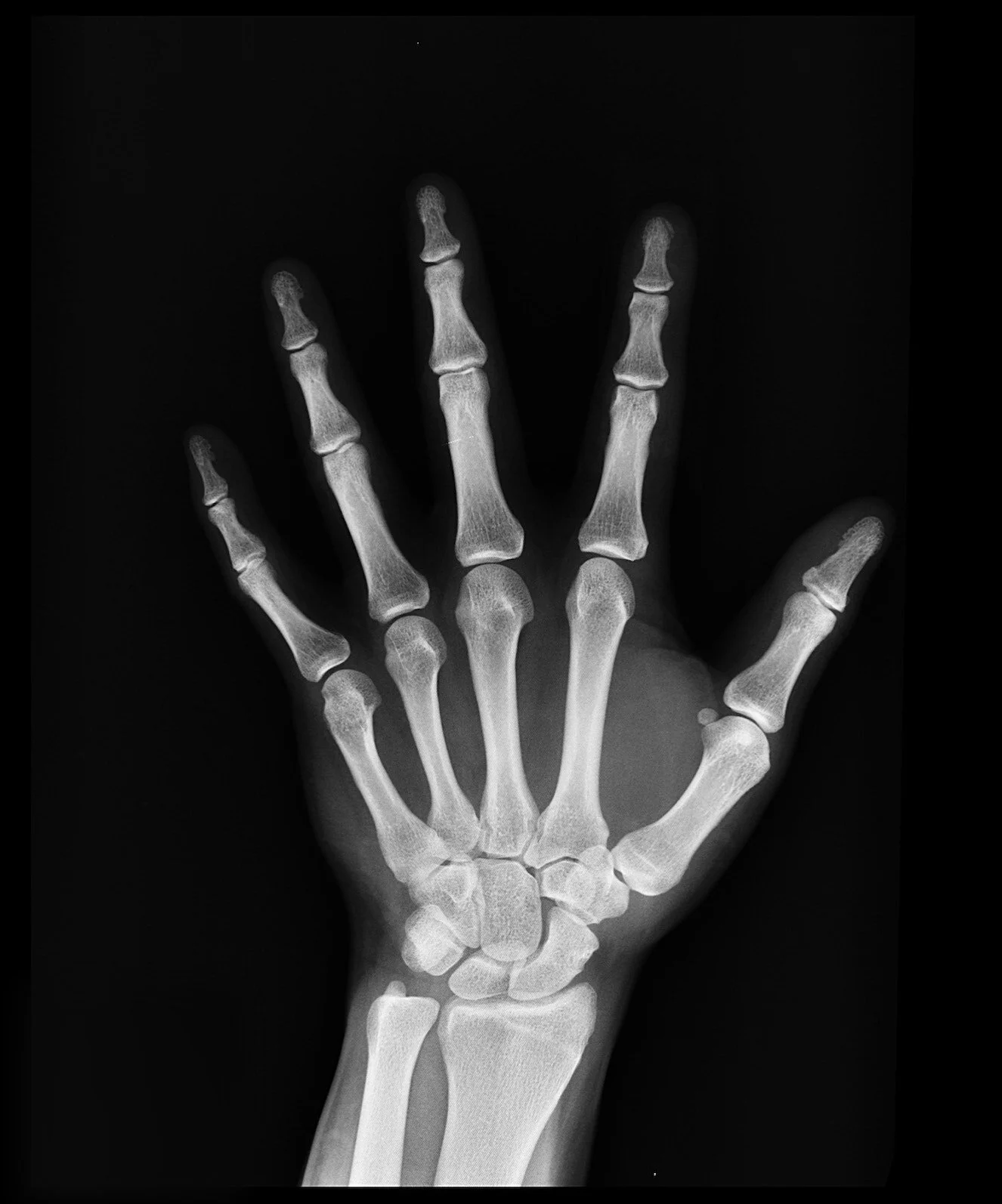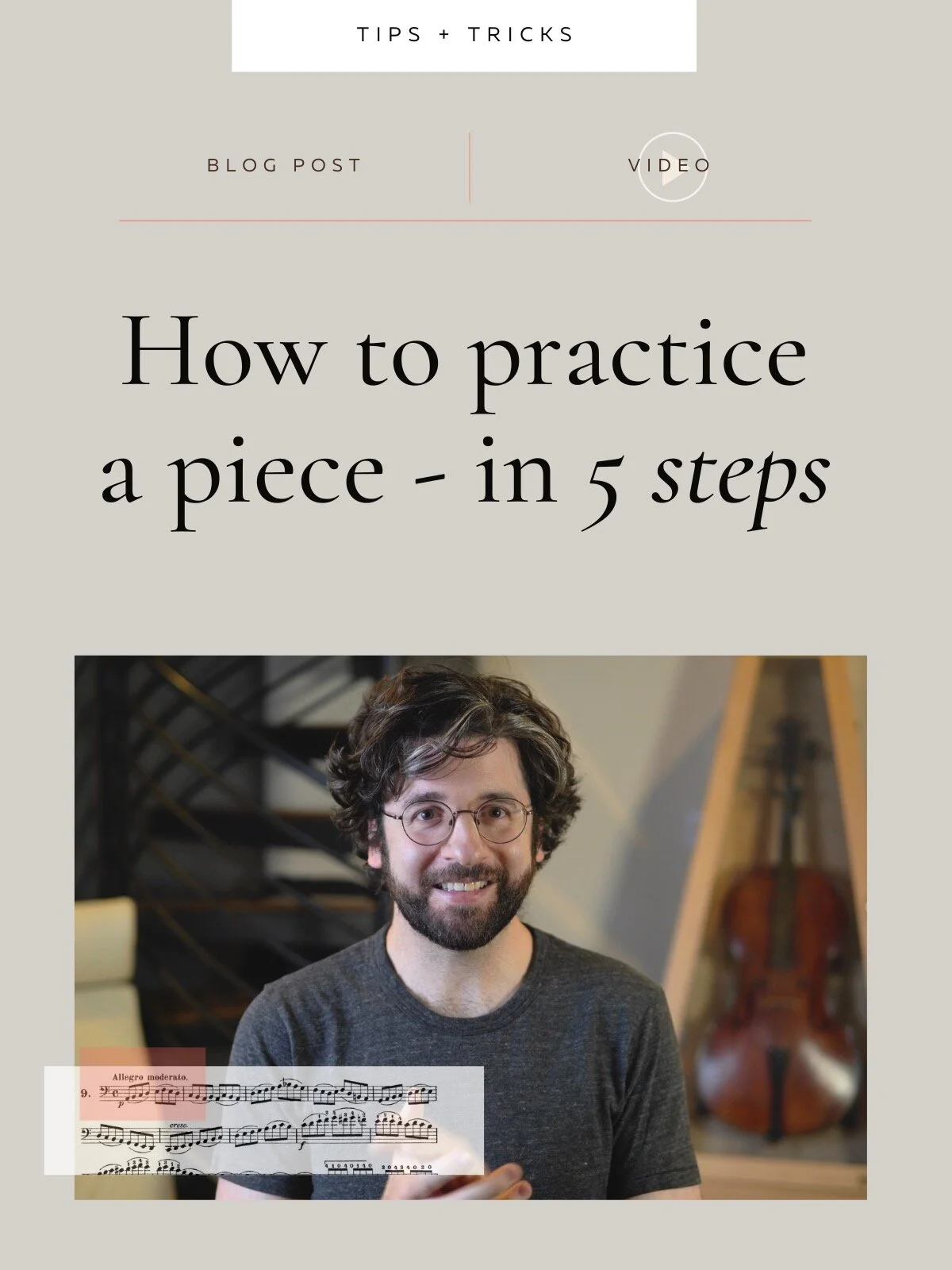Cello Tip for Fast Playing | Adult Cello
While I started learning the cello for its lyrical and expressive powers, I have to admit that I get a particular sense of satisfaction whenever I completely manhandle a fast passage in a performance.
Fast playing is exhilarating when you feel yourself firing on all cylinders.
It’s also the area I’ve always felt was lagging behind the other aspects of my cello game.
I’ve made great strides in being able to play fast passages comfortably, and I’d like to share one of the pivotal insights that helped me get onto the right track.
So if you’re like me and you started the cello as an adult, you’ll probably agree that fast playing is quite a challenge.
It’s something I’ve worked on diligently throughout my journey, and I think there are basically two overarching elements involved.
The first element is learning how to use both hands and arms as efficiently as possible with as little extra movement as possible.
I heard someone say once that when he has to play a run of fast notes, he doesn’t think of “playing faster” but of simply “using smaller bow strokes,” which inevitably speeds everything up.
To me, hearing this nice psychological hack was a way of understanding how a great player might think approaches a challenging aspect of technique. Instead of “move faster!” he’s thinking “move efficiently”
And the second element of fast playing is to do the first element with as little physical tension as possible.
This is about learning to make small, precise movements with both arms without tensing up other muscle groups in your body in an effort to feel “in control.”
So I’m not exactly talking about “relaxing” because that word can conjure up the image of going slack in all your muscles; I’m talking more about being “poised.”
Think of a martial artist standing comfortably and then -in a split second- reacting to avoid a punch or kick.
Obviously he had not let down his guard completely when he was standing because he was “poised’ to defend himself.
But since he had to be ready for anything, he could not hold tension in his body because physical tension would have slowed him down.
This state of ‘poise’ is what we adult learners need to cultivate.
The moment I was able to differentiate between “relaxation” and “poise” was a revelation!
Before that, whenever I tried to play “relaxed” I felt like I was trying to use narcoleptic fingers that had to be woken up each time I wanted to use one.
Telling myself essentially to be relaxed over and over again made me feel sluggish and uncoordinated, because the precise movements needed for fast playing, especially in the bow hand, are all the more difficult to achieve with muscles that have gone slack.
To develop poise I think part of trick is actually understanding our anatomy a little bit better.
For example….go ahead and hold your left hand up and point to the base finger joint of your index finger.
My guess is that you pointed right here….which is what my first instinct was.
Now let’s take a look at an x-ray of a human hand.
As you can see, the first joints of our fingers are actually in our palms.
So, try this now. Flex or tighten your palms, maybe like you’re really squeezing a basketball.
Now, while keeping your palms flexed, wiggle your fingers.
Your fingers can still move somewhat despite the tension, but curling the fingers into your palms is almost impossible.
Now, try relaxing the muscles in your palms and once again wiggling your fingers without clenching at all.
Do you notice the difference?
For me the difference is night and day, my fingers feel light and free and I could continue doing this for much longer than if I were flexing my palms.
Once I learned to recognize this difference in the way I was using my paIms, I noticed that, especially when I had to play a fast passage, I had a tendency to start tightening my palms like I was saying, “Okay I”m ready for this!”
The only problem was that this “extra preparedness” was slowing me down as well as making techniques like left hand extensions very uncomfortable.
So although “my fingers” may have felt relaxed and ready to go, they actually weren’t because the base joints of those fingers in my palms were tense.
So knowledge is the first step.
Your fingers start in your palms and thus extra tension in your palms actually means you have tense fingers.
“Okay, sounds good.” So how do I undo all of this adult learner, over-achieving tension?
So what I do is take the typical practice methods I use for fast passages such as grouping notes into rhythms and by string crossings, and I do them while focusing on all four finger joints of each finger, cultivating the easy poise that will allow my brain to send lightening quick impulses through them.
I do this by sending my focus into the palms of my hands, making sure that the finger joints and thumb joints are not tensing up.
Developing and maintaining poise is something I personally need to monitor often, and with adult learners, I think the key is developing a massive, massive amount of optimistic patience.
If you think about it, your body is going to prefer feeling poised instead of feeling tense, so if you work on this methodically and consistently, I believe you will see great results.
However, as a warning of sorts I should mention that rushing the process of unlearning physical tension has never worked for me.
That’s why patience is the name of the game.













